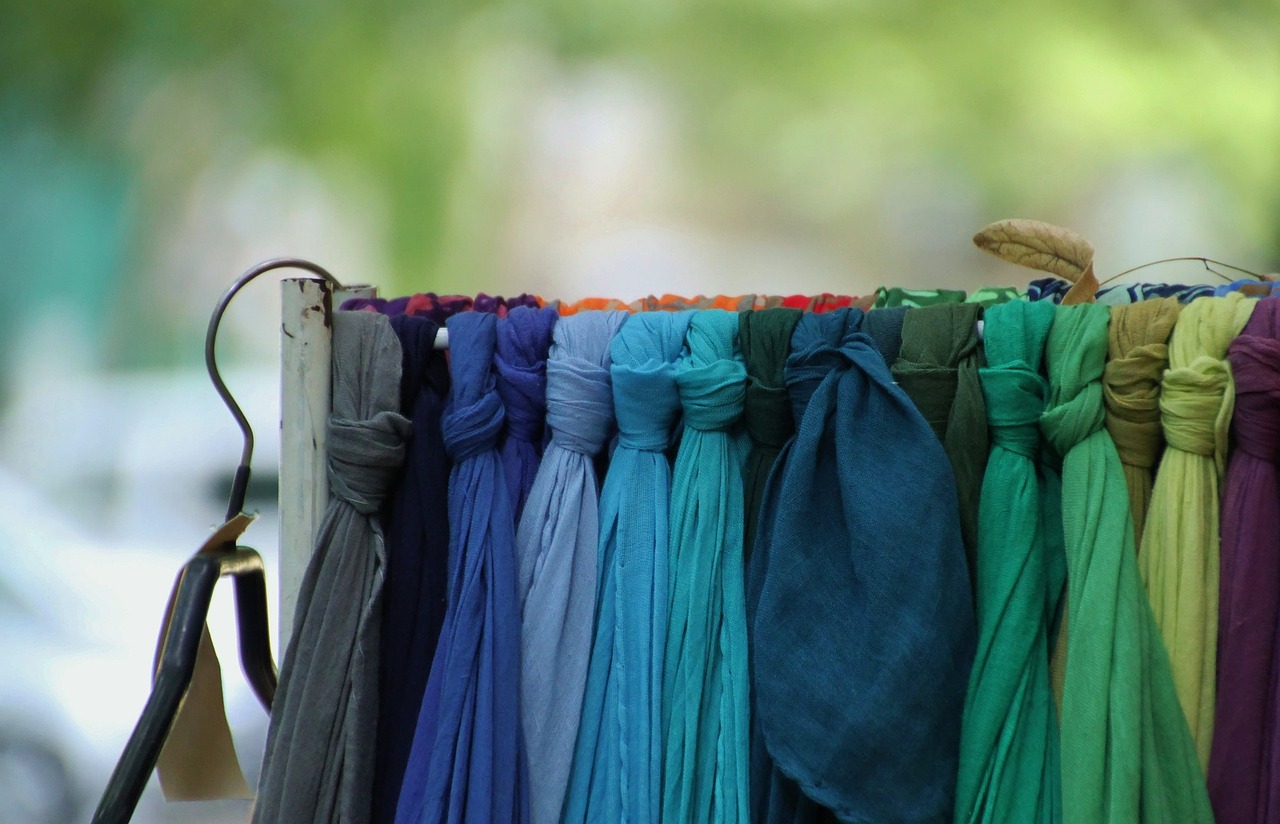Sustainable Textile Innovations: From Recycled Fibers to Biodegradable Fabrics
In the realm of textile production, there has been a notable shift towards utilizing materials derived from natural sources. Fabrics created from sources such as organic cotton, bamboo, hemp, and silk are gaining popularity due to their sustainable nature and biodegradability. These natural fibers not only offer environmental benefits but also provide a unique texture and comfort to the end products.
Moreover, the use of natural dyes extracted from plants, minerals, and insects has been on the rise in the textile industry. These dyes offer a non-toxic alternative to traditional synthetic dyes, reducing the environmental impact of the dyeing process. From soothing earth tones to vibrant hues, natural dyes provide a wide spectrum of colors while ensuring a more eco-friendly approach to textile dyeing.
Advancements in Eco-Friendly Dyes
Eco-friendly dyes have seen significant advancements in recent years, with the textile industry striving to reduce its environmental footprint. Traditional dyeing processes often involve the use of harmful chemicals and large amounts of water, posing a threat to ecosystems and human health. In response to these concerns, researchers and manufacturers have been developing innovative dyeing techniques using natural ingredients such as plant extracts, minerals, and even bacteria.
These eco-friendly dyes not only minimize the environmental impact of textile production but also offer a unique color palette that traditional synthetic dyes may not achieve. From deep earthy tones to vibrant hues, natural dyes provide a sustainable alternative without compromising on color vibrancy and durability. With the increasing demand for sustainable and ethical practices in the fashion industry, the advancements in eco-friendly dyes showcase a promising future where fashion can coexist harmoniously with the environment.
Innovative Techniques for Water Conservation in Textile Production
Water conservation in textile production is vital for sustainable practices within the industry. One innovative technique that has been implemented is the use of closed-loop systems, where water is recycled and reused throughout the production process. By reducing the amount of water needed and minimizing wastewater discharge, this technique helps to mitigate the environmental impact of textile manufacturing.
Another effective method for water conservation is the implementation of digital water management systems. These systems provide real-time monitoring and control of water usage in different stages of production. By optimizing water usage and identifying areas where conservation measures can be improved, textile manufacturers can significantly reduce their overall water consumption and contribute to a more eco-friendly production process.
• Closed-loop systems recycle and reuse water in textile production
• Reduces the amount of water needed and minimizes wastewater discharge
• Helps mitigate environmental impact of manufacturing
• Digital water management systems provide real-time monitoring and control of water usage
• Optimizes water usage in different stages of production
• Identifies areas for improvement in conservation measures
What are some examples of materials made from natural sources in textile production?
Some examples include cotton, linen, hemp, bamboo, and silk.
How have advancements in eco-friendly dyes impacted textile production?
Advancements in eco-friendly dyes have reduced the environmental impact of textile production by eliminating harmful chemicals and reducing water usage.
Can you provide some examples of innovative techniques for water conservation in textile production?
Some examples include using closed-loop water recycling systems, implementing low-water dyeing processes, and using water-efficient washing and finishing techniques.
Why is water conservation important in textile production?
Water is a limited resource, and the textile industry is known for its high water consumption. By implementing water conservation techniques, companies can reduce their environmental impact and contribute to sustainable practices.







